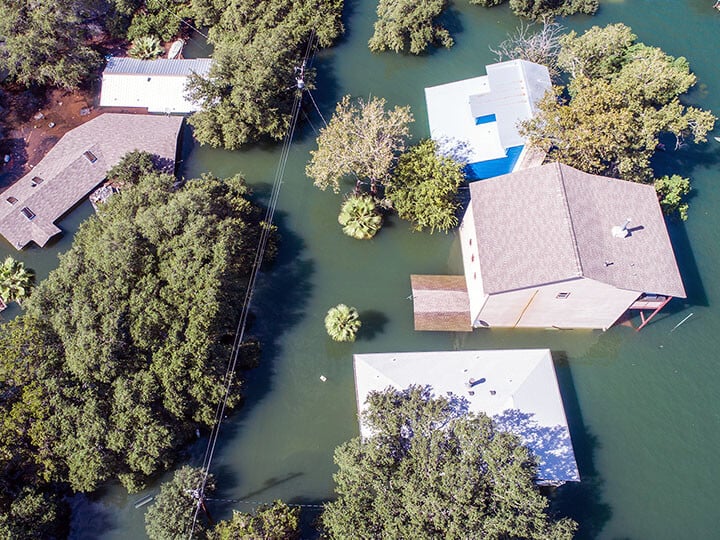ASTM D5957-98(2013): Standard Guide for Flood Testing Horizontal Waterproofing Installations
Your Partner in Flood Testing and Protection: Our team of experts is passionate about safeguarding structures from the damaging effects of floods and other natural disasters. We offer a range of flood-related services designed to ensure the safety and resilience of your property. Through accurate, reliable, and timely testing, we empower you to make informed decisions that protect both lives and valuable assets.
Scope: ASTM D5957-98(2013) illustrates a method for testing the water-tightness of waterproofing installations applied to horizontal surfaces having a slope of no greater than 20 mm/m (2% slope) (1/4” per ft).
Applicable Products: Applies for fully adhered or bonded sheet membranes, liquid or fluid applied membranes or loose laid sheet membranes of waterproofing installed on parking garages and plaza deck types over habitable spaces or on elevated structures. This standard is not intended for use on building roofing systems.
Test Procedure: Waterproofing membrane and flashings should be inspected and deficiencies repaired. Testing should occur prior to the installation of drainage layer, protection layer, pavers or overburden. If a protection layer is required for flood tested, the recommended practice is that a temporary protection layer be loose laid and removed prior to testing of the waterproofing system.
A containment assembly is constructed to be nondestructive, non-penetrating of the waterproofing installation and easily removable. Containment assemblies are composed of a sacrificial sheet or a polyethylene sheet adhered to the surface of the waterproofing membrane using a watertight seal (duct tape). Overflows are provided in the containment assemblies, when needed, at 5 inches above low point on the test surface so as not to exceed the structural capacity of the substrate. Water loss is monitored via tape marked in 1/8” increments or using other scale instrumentation in at least two locations. Test area is flooded with water to achieve a minimum cover of 1 inch but not exceed a maximum depth of 4 inches at the lowest point. Water height is maintained so as not to exceed a minimum level of 2 inches below the edge of flashings. Testing is performed for a minimum of 24 hours and maximum of 72 hours when rainfall is not forecasted to occur. If leakage is detected during the test period, water is immediately drained from the test area. The location of leakage is determined and appropriate repairs are made to the system in accordance with the system manufacturer’s recommendation for procedures and materials. Following the completion of the repairs and curing of materials, the area is retested under the same conditions as the initial flood test.
End Result: Flood testing is considered to be completed if no leaks are identified to have occurred during the test period and the membrane and flashings are intact. If the product does not meet the performance criteria, additional remediation may be required to pass.
You may be interested in...
At Intertek, we are committed to providing comprehensive flood-related services and ensuring the safety and resilience of structures against natural disasters.
Knowledge Center
Building Health & Wellness: An Overview of Services
Acoustical Testing & Consulting Resources
Remote Pre Inspections for NFPA 80 / 101
Protek - Safety. Everywhere. Every Day
Fire Doors 101: Your Guide to Testing and Certification - Webinar Recording
Tornado Testing & Certification Requirements - Webinar Recording
Plumbing Products Testing & Certification - Webinar Recording
The Evolving Code Evaluation Process White Paper
Proposition 65 & the Furniture Industry Webinar Recording
Why Planning for FCC Certification is Key to Success in the Door Hardware Industry White Paper

Upcoming Tradeshows & Events
Resources
- Search and Buy Building & Construction Standards
- SpecDirect
- Building Products Directory
- Project Connect (formerly myATI) – B&C Products
- Construction Hive – B&C Projects (PSIQest)
- My TestCentral


